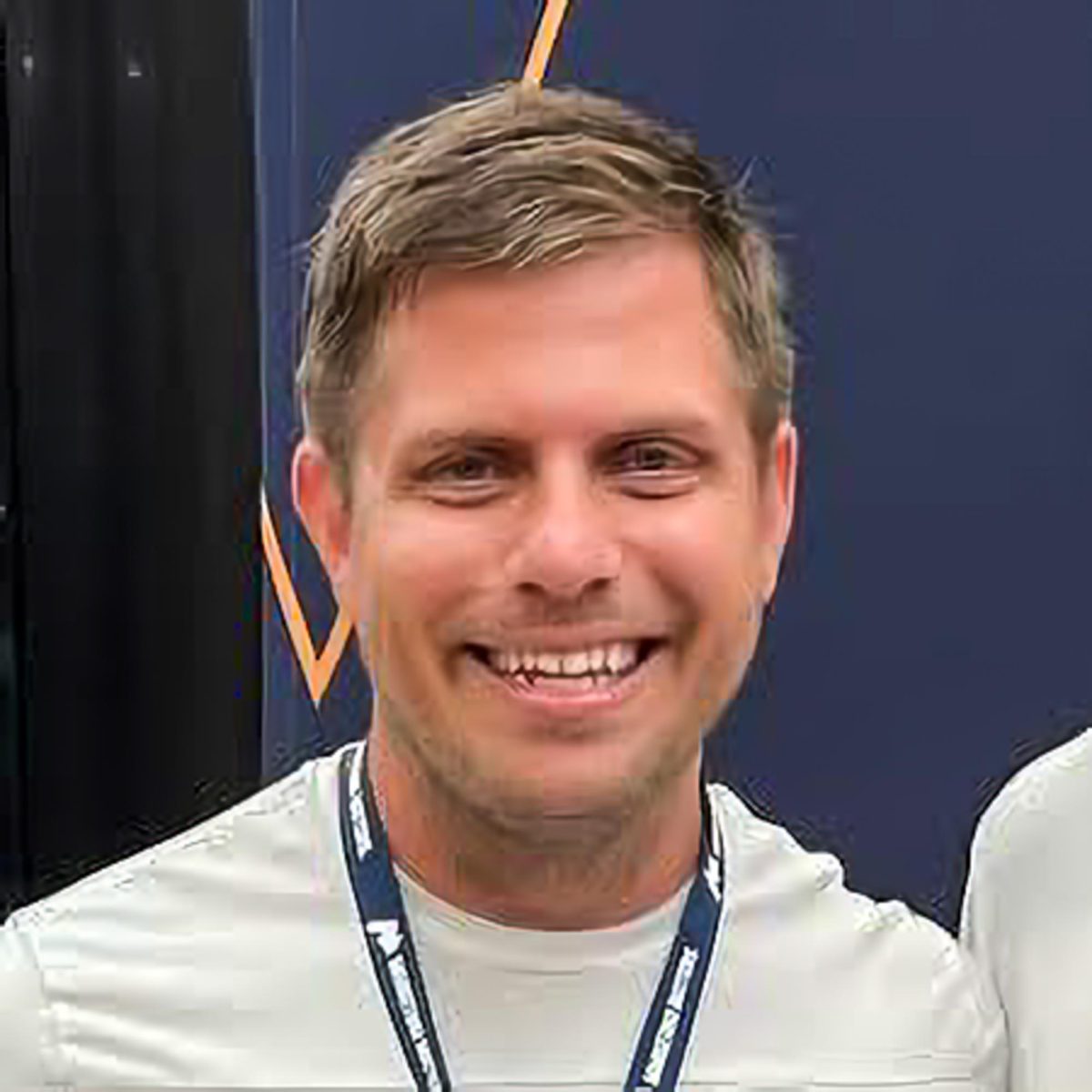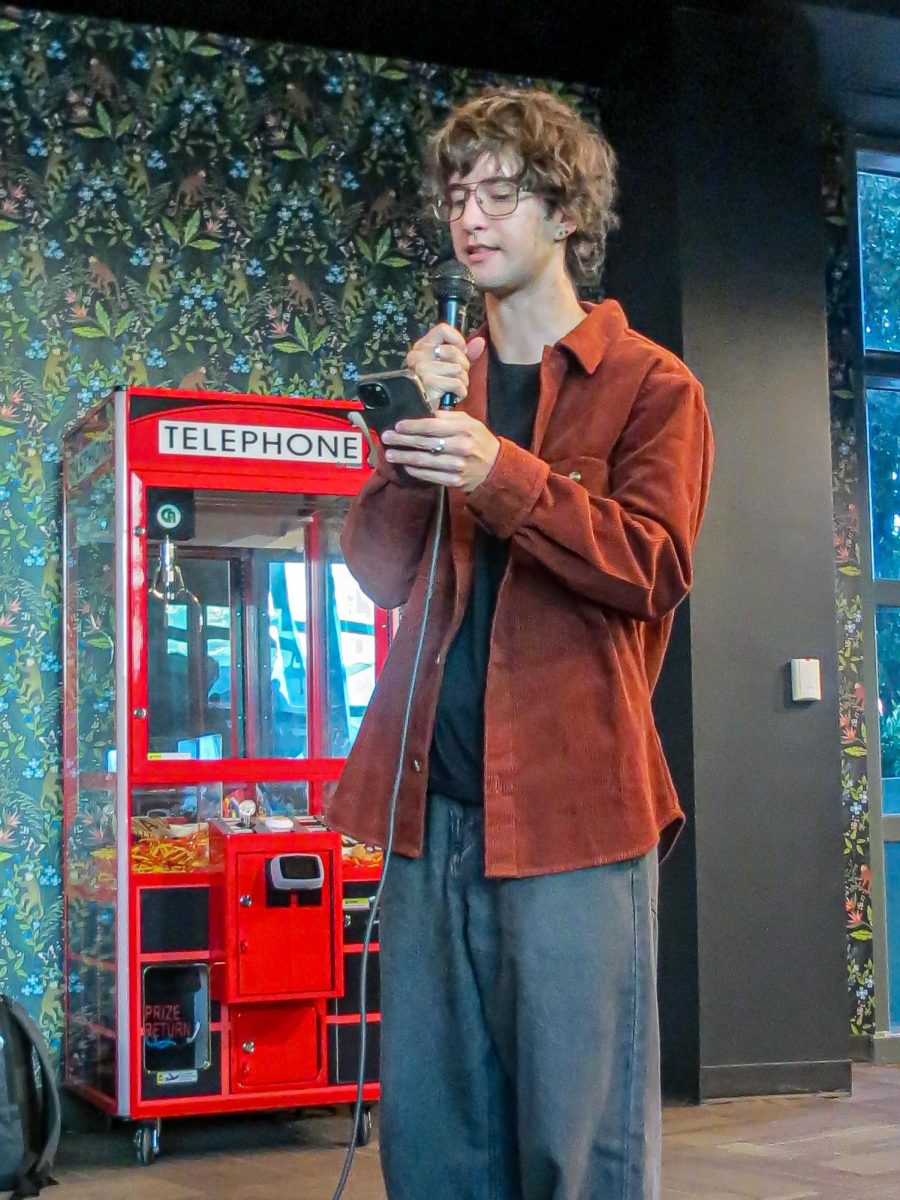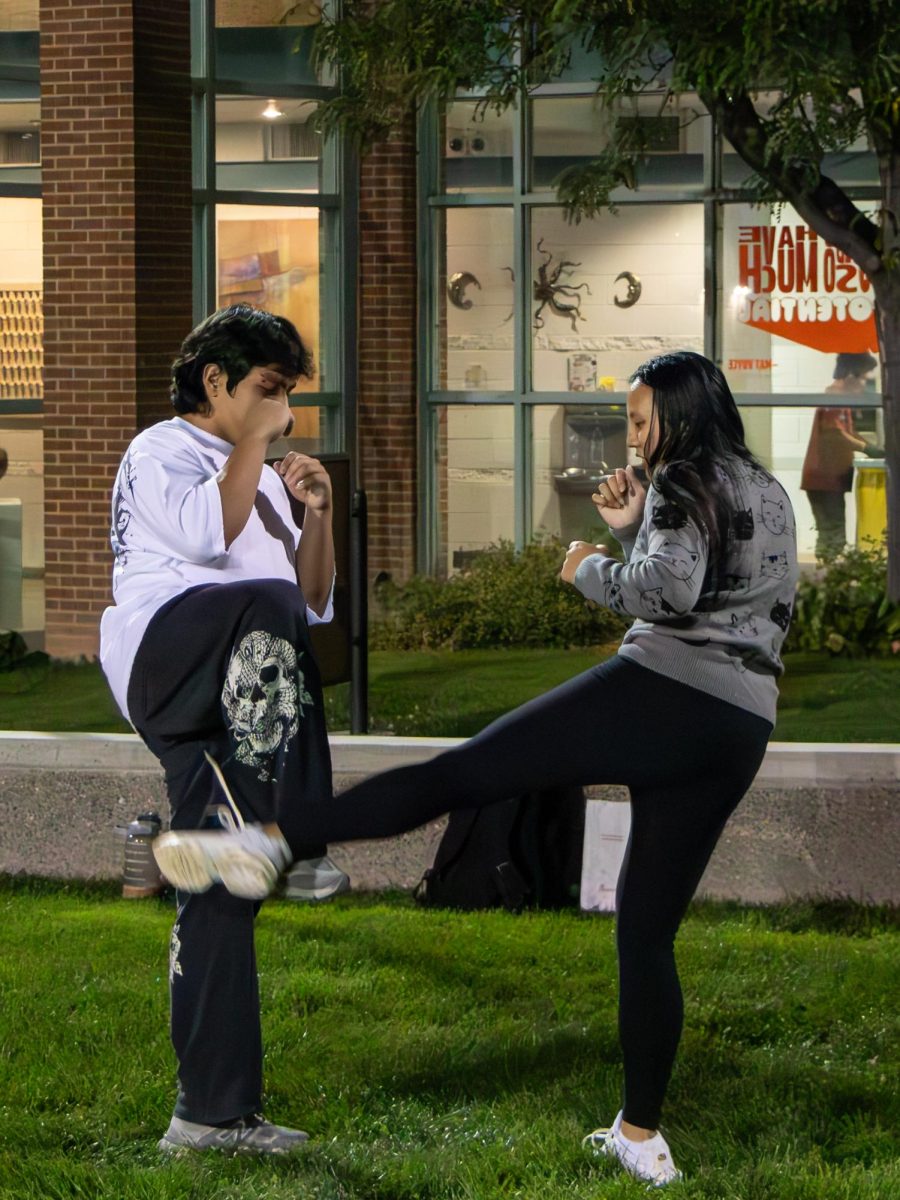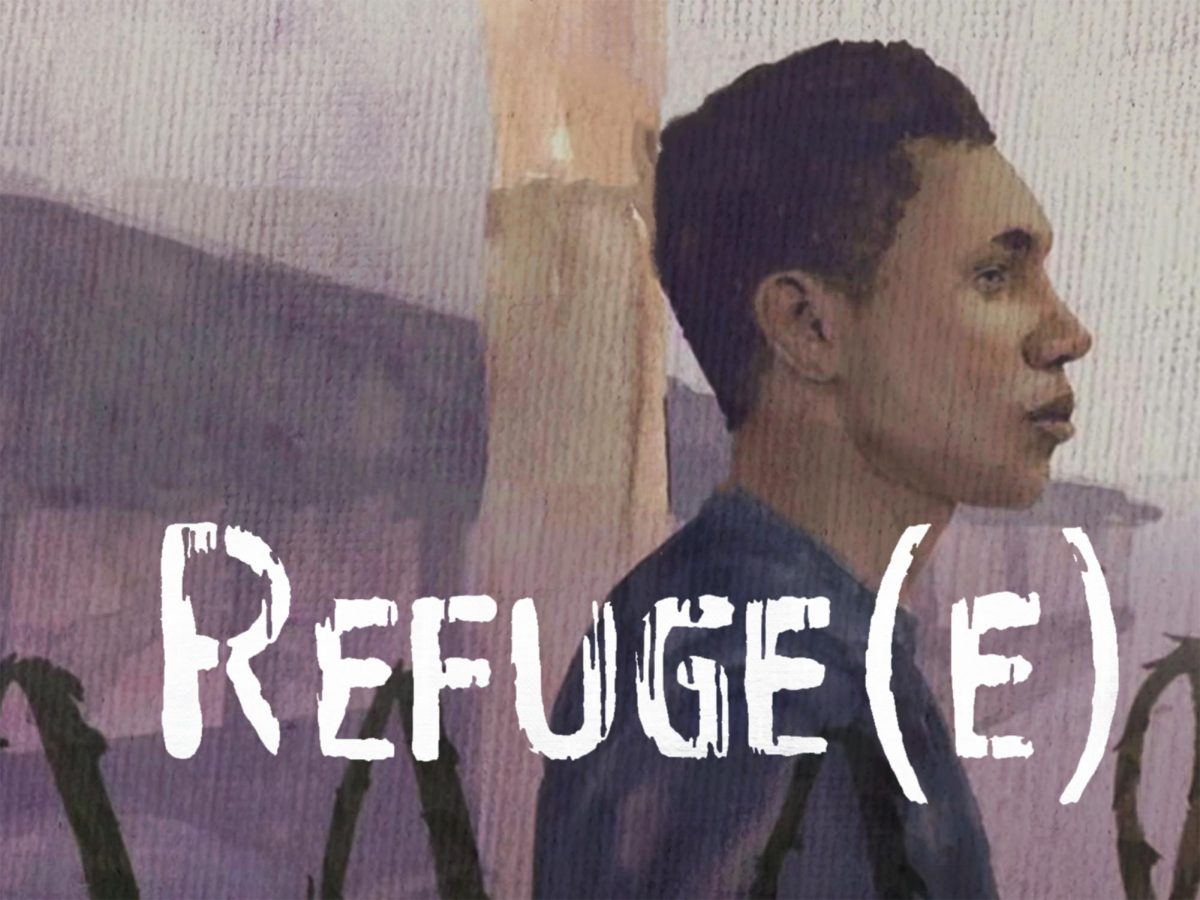Colorado Mesa University students and community members may notice one man who stands out on the track. Instead of two hands down on the starting line, spectators would see one hand and either a block of wood or weights stacked up. This athlete is Jack Briggs, a sophomore at CMU. Briggs was born with only his right hand. His left arm extends just a bit past his elbow. This means his main power source for pushing off the block when the gun is fired is purely in his right arm.
Although Briggs has pushed through these odds and continues to excel in sprinting, he has wanted something that would provide him to push off with both arms. Luckily, a friend and former teammate, Callie Trautner, a sophomore at CMU, came up with an idea.
“He said the block was great, but it’s not what a hand can do,” Trautner said. “He explained how it’s hard to race kids with two hands. I thought there was maybe something I could do about that.”
Trautner is on the track for the mechanical engineering degree. This year, she joined the Women Society of Engineers (SWE) and took this idea to the society.
“First I talked to Jack to make sure he was comfortable with it and it was something he wanted to do,” Trautner said. “And he seemed pretty excited about it. So then I talked to Lancey, who is the professor, and then brought it up to the rest of the society. They were all really excited, we are such a young club, a lot of our meetings are just brainstorming, and they were excited for another opportunity for something they can do.”
The society is also working on creating a 3D prosthetic hand for a five-year-old in the community. Since there is limited amount to do on that project, other members were thrilled to have the chance to do something similar.
“I have six people working on it right now, but since there is also the hand project there is a lot of overlap,” Trautner said.
[media-credit name=”Courtesy of Jack Briggs” align=”alignright” width=”240″] [/media-credit]
[/media-credit]
Trautner is head of the team and it has only been a couple of weeks since the project was brought up. The group has to get clearance from the National Collegiate Athletic Association (NCAA) and the USA Paralympic community before they can officially begin designing and testing.
“So far, I’ve put a decent amount of hours in just researching and a lot of it has been sitting on hold. It’s been fun,” Trautner said.
She has dived into research on the kinesiology of sprinting itself with reading different papers and looking at websites.
“I used to run, so I got in contact with some old coaches and got their input. I emailed some professors of kinesiology that I knew from back home and I’m trying to look at the science behind the sprint,” Trautner said. “There’s not a lot of research out there on one arm sprinters so I take what the normal science is and say okay and think what can I take what Jack does to be as normal as it can.”
She raced with Briggs last year and competed in distance running.
“I think it helps that I’m familiar because I know the feel of it, how it goes and I also have all these connections to the track community.”
Jack doesn’t want a prosthetic. He has run his whole life with one arm and does not want to change how he runs. Therefore, the team is looking at something that will stick to the ground and not his arm.
“To get it to stick to the ground we are thinking about putting track spikes on the bottom,” Trautner said. “But we are also trying to make it really light, that’s our biggest challenge. Also trying to angle it like his arm would be.”
Another want is to make it collapsible for easier transportation. The team hopes that they could also make something adjustable that they could then market to other sprinters or runners who have the same problem.
There are things that he has tried that has not worked due to weight, transportation and having issues with wood wiggling.
The project is currently in limbo waiting to hear back from both the NCAA and the USA Paralympic community.
“We have to wait to hear back from them, we have main ideas on where we want to take it,” Trautner said.
Their plan is to draw up three to four different ideas then have Briggs choose his favorite. After that they will then 3D print the chosen idea and Briggs will test it. If he doesn’t like that one, then they will go back to one of their other ideas and keep trying until he has one that provides all the things he needs.
“My biggest concern would be NCAA shutting us down,” Trautner said. “Their rules can be ridiculous sometimes. The main rules that I’ve heard from most people so far is that it has to be behind the line and that it cannot give him an advantage. We have to find something that will fit in their grey area.”
Since Tautner is from Colorado Springs, she will meet with the USA Paralympic when she returns home.
“It’s a lot easier in person,” Trautner said. She also expressed how the NCAA and she have been playing phone tag.
While the team may be at a stop for now, they hope once they get the go-ahead that they will have Briggs set up with what he wants by this coming track season.
“We want to give him a year of competition to get used to it,” Trautner said. “Even if it what works it will take getting used to.”
Briggs has competed for US Paralympic team before and was in London this past year. The 2018 Parapan American games is what the team hope Briggs will be comfortable and ready for.
“We want to give him what we can,” Trautner said. “I just want to help people. I see how excited Jack is for this and want to make others excited.”








